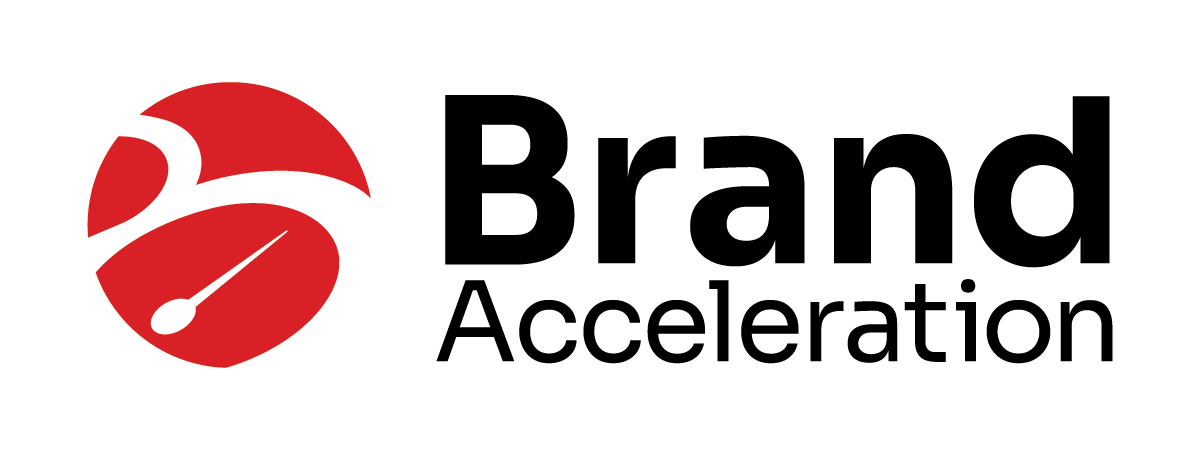By Colleen and Jim Walton, Brand Acceleration, Inc.


Throughout our careers, we’ve sat in on many meetings – board meetings, committee meetings, meetings about meetings. Some of our favorite meetings are listening sessions. As the name implies, these meetings are designed to be a place in which participants can openly share ideas and have their opinions heard; however, they aren’t always as open as they should be.
While no two listening sessions are the same, the bad ones often fall into one of two categories – The Steamroll and The Yes Fest.
The Steamroll
This group has an alpha. Let’s call him Steve. Steamroll Steve has… a lot of thoughts. Every time a question is asked, Steve is the first to answer. He states his opinions as facts and immediately dismisses any differing views. The other participants either are reluctant to speak up or (perhaps subconsciously) begin to agree with him. By the end of the meeting, the moderator has a homogenous collection of opinions – defeating the whole purpose of the listening session.
The Yes Fest
Everything is perfect. Nothing is wrong. Everyone agrees. *insert eye roll emoji here*
The main cause of a Yes Fest is noble – no one wants to offend anyone in the room. Whether they’re a friend, a community bigwig, or a major donor, none of the other participants want to risk upsetting them. As a result, all responses are weighed before they’re given (if they’re given at all).
Another culprit is self-consciousness. Perhaps one participant hasn’t been in the community a long as the others. It’d be easy for them to let the more experienced people do the speaking. A participant might also fear getting labeled a rabble rouser. They worry the group will perceive a dissenting opinion as a purposeful attempt to cause trouble.
What the moderator ends up with is a watered-down version of the truth. It’s the truth, yes, but a glossy version of it.
As the moderator of a listening session, it’s crucial to identify the problem early. Recognize when you have a Steamroller Steve who’s dominating the conversation, and find a way to reign them in. One solution is to institute a speaking order. For each question, start with a different person and go around the room from there. Everyone in the room will get to speak, but Steamroller Steve won’t be allowed to go first every single time.
Solving a Yes Fest can be more challenging. First, consider interviewing your power players separately. If you have elected officials or major donors, perhaps don’t include them in sessions in which other participants will find them intimidating. If you want to get frank opinions from your major employers, don’t have the economic developer in the room. Second, encourage participants who begin to dissent. At the slightest glimmer of disagreement, ask them to elaborate. Show them you want to hear more. And third, allow them to reach out after the session is over. Some people would rather write an email rather than speak in front of the group. Let them know their opinion is still valued – even if it does come late.
Meetings where opinions are openly shared are certain to include disagreement. That disagreement is the seed of growth. Listening sessions are intended to recognize problems and workshop possible solutions. Through thoughtful discussion and group participation, focus groups can often develop creative ideas that no one person would’ve come up with on their own. If one person stands up and says, “I disagree,” real progress can happen.
